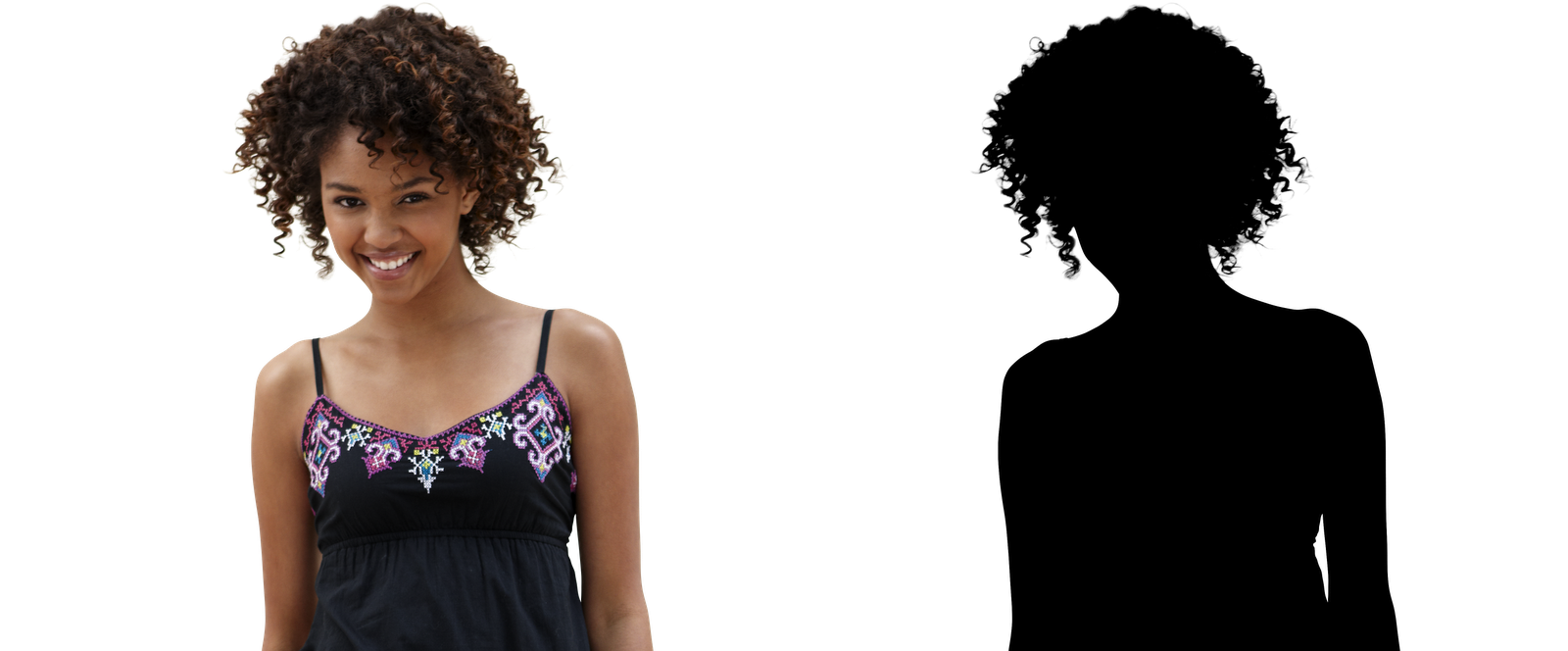Suppose you
have some images with fuzzy, blurred, hairy or smoky edges and you want to
remove their background. Neither clipping path nor any simple Image masking service techniques
can help you make a fine and soft path around such delicate edges. So, what’s
the solution?
Well, the
answer is simple. It’s channel masking. It is a bit complicated masking
technique but whatever the case, it is really useful. It allows you to easily
select and knockout the backgrounds of images with undefined edges. This is of
course impossible by other Photoshop tools like Amateur’s Lasso and Magic Wand
Tool, Color Range etc. Even the expert Pen Tool is not ideal for doing this.Channel
Mask is, therefore commonly applied to remove backgrounds of translucent or
transparent images like glasses, hairs, fur, feathers, smoke, flames,
highlights, fireworks, lighting, chiffon & muslin etc. Once you have
removed the backgrounds of such images, you can easily place your images on
other more suitable backgrounds or add shadows or reflections to the images in
order to make them more appealing.
Apart from
removing background, Channel Masking is also handy for translucent images to
combine images in Photoshop. This is called Vignette or Collage a Photo.
Masking with
channels has an important role to play in color correction and color
separation. Unlike Layers, Channels represent the individual color components
of the image. In an RGB image, the channels represent the three primary colors
of light –red, blue and green. You can easily decide on
the most promising channel to use depending on the image you have.
